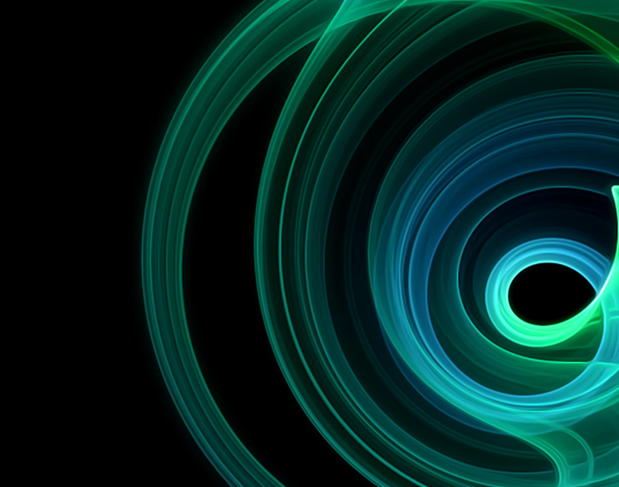Reading time: 2 min
OWINTALK | BEHIND BUSINESS, BEYOND NEWS
As we already seen on our previous articles, a great customer experience, showing a holistic view of the brand with great empathy towards clients, is a key driving factor of a successful company.
This holistic view is clearly the key if we consider that 79% of U.S. customers only consider those brands that understand and care about them.
Reviewing the various research it’s easy to conclude that customers who have an emotional connection with a brand have a 300% higher lifetime value and recommend brands more than their satisfied but not emotionally connected peers.
During last year, the pandemic and a widespread generational change in the managed wealth public boosted the digitalisation of financial services in an unpredictable way at incredible speed.
The implications are clear: the quality of the digital services offered to the customers is crucial. Whilst remote access to services has become available, digital touchpoints became a significant landmark in the overall customer journey.
What does this mean for financial institutions? The majority of customers consider the leading social media platforms or other entertainment apps as their benchmark for what a good digital experience should be.
Keeping up with those expectations can be difficult: finance companies need to find out what users love about their products in order to integrate that into a more emotionally engaging experience.
This is why the design of digital products and services is one of the foundations for a successful CX. And this is also the reason that design practices need to include Emotional Design into their process.
But what is Emotional Design? It’s a design approach to create products and services that evoke emotions which result in positive experiences.
- Visceral: customers’ gut reactions to first impressions of the product: “I want it!”
- Behavioural: customers subconsciously evaluate product performance and usability: “It makes me feel smart, it’s a pleasure to use!”
- Reflective: customers consciously judge performance and benefits, including value for money and a general personal satisfaction: “It completes me!”
Obviously, a product has to be functional, reliable and usable before such a layer can be applied.
An effective Emotional Design Strategy has two aspects:
- The creation of something unique to reflect the brand style and to evoke a positive response in the customers
- The usage of that style until it becomes a real personality layer
Happy customers will keep using the product, form emotional bonds and tell others about.
To apply Emotional Design to its products, a brand needs to reach a deep understanding of its own customers through user research and great data analytics. The rise of A.I. will be essential in order to work more efficiently on user data and to allow digital products to efficiently anticipate and accommodate users’ needs and responses.
It’s also often useful to honestly ask: “does the overall CX put the customers first and care about them, providing the needed solutions and helping them in any possible way?”
Make this answer “yes” and become an aspirational financial brand.


